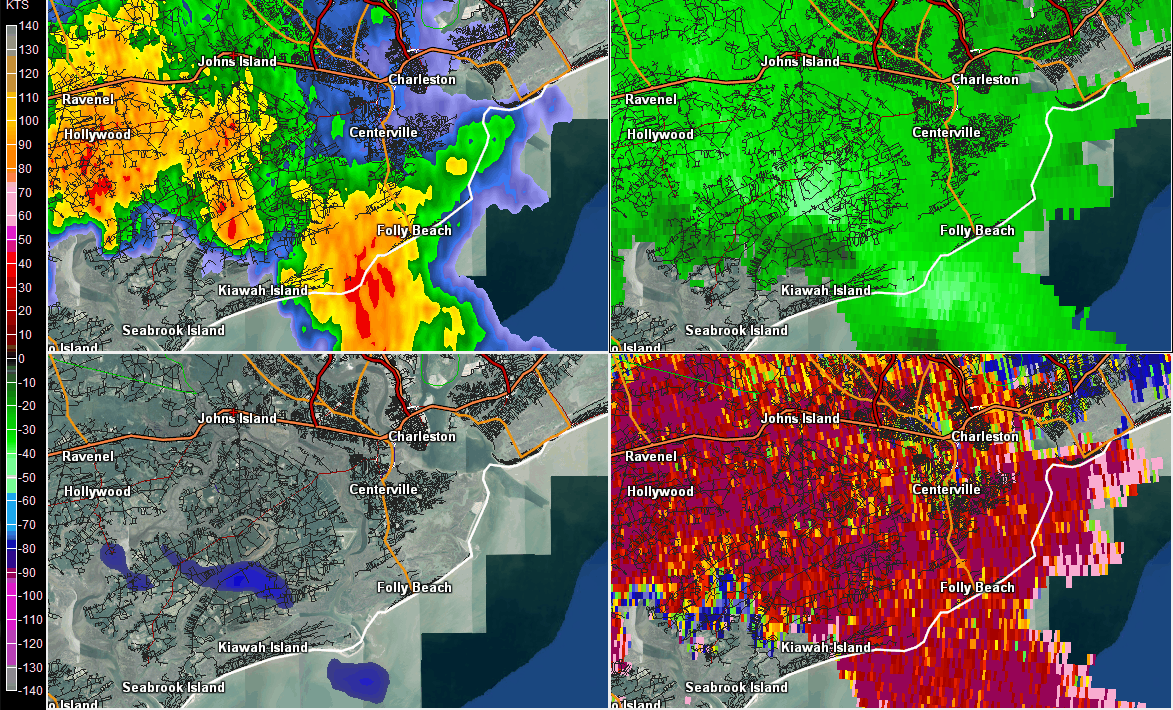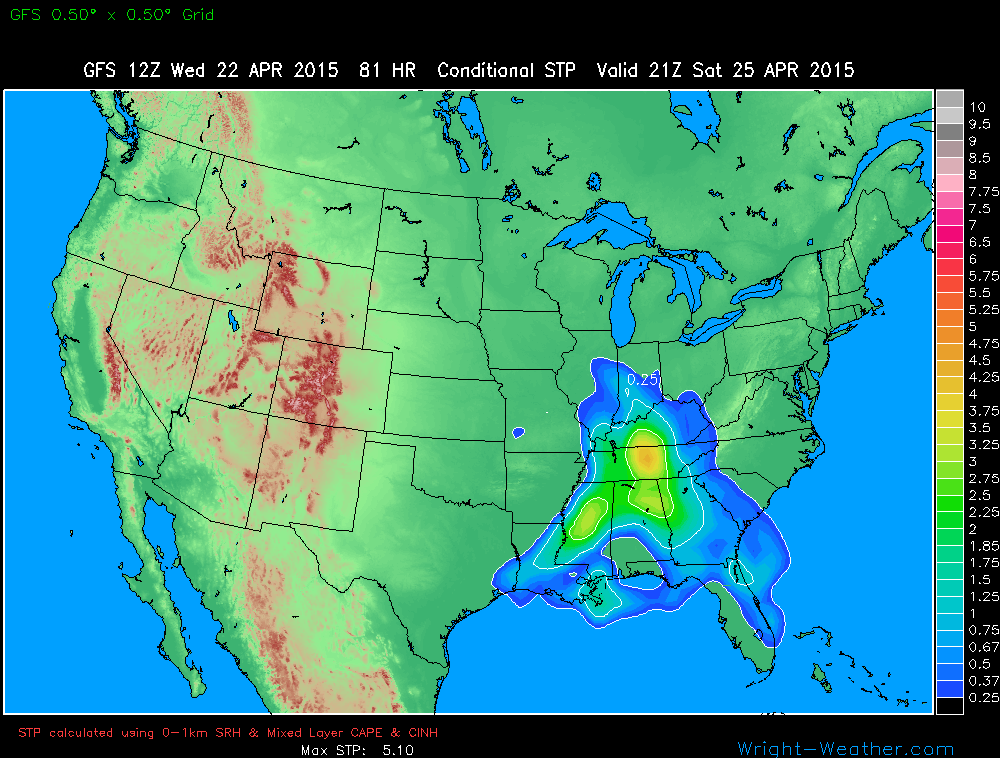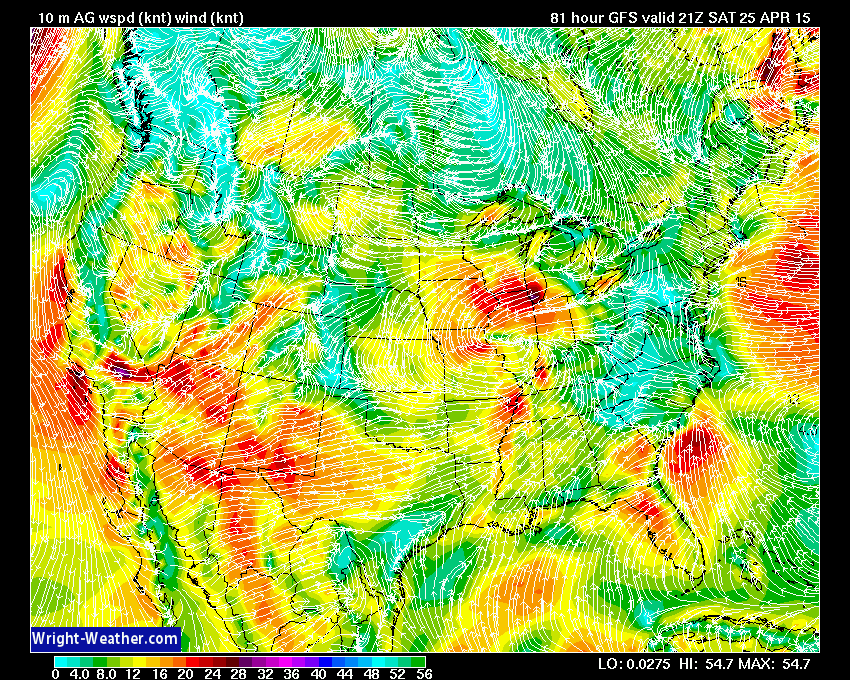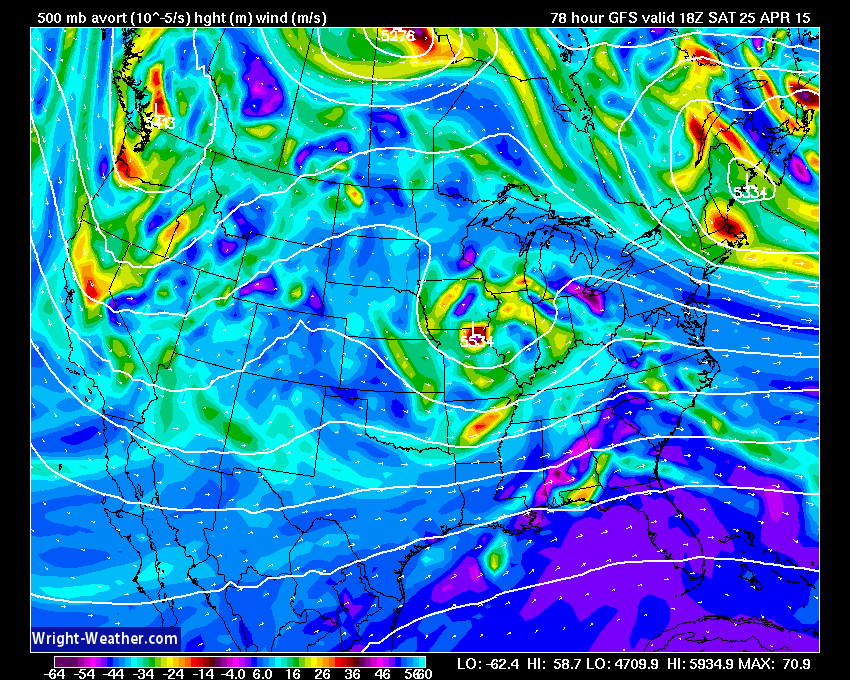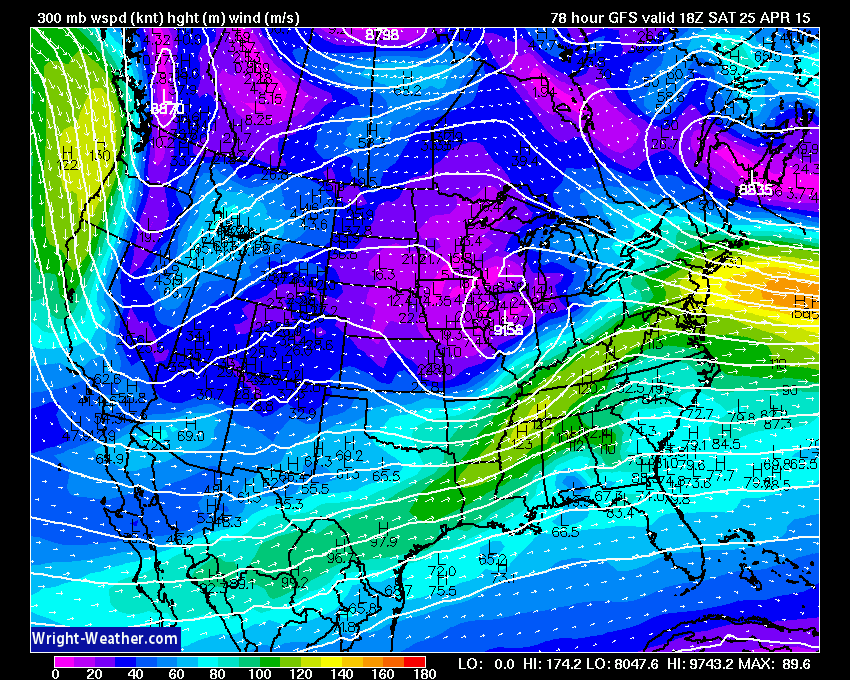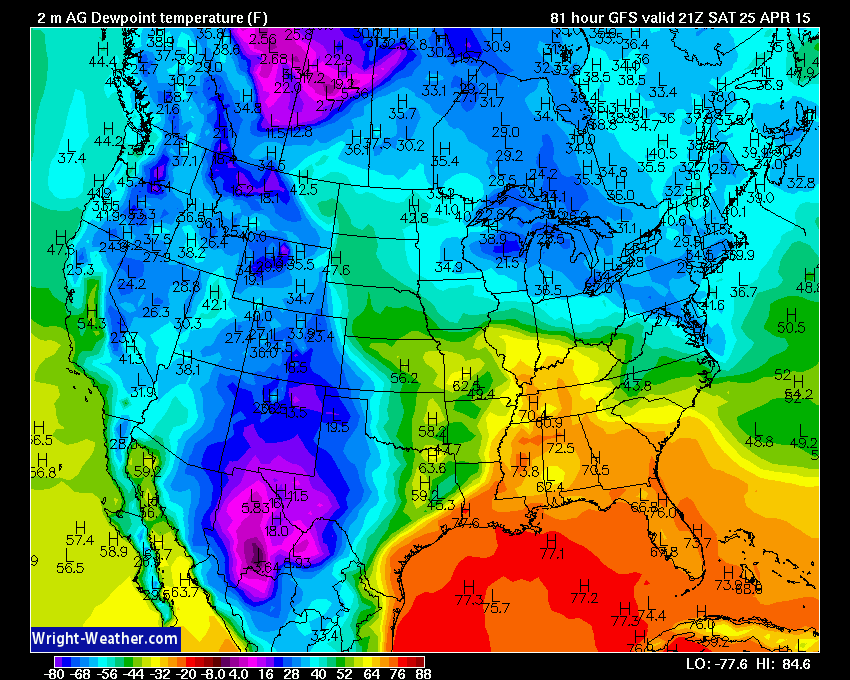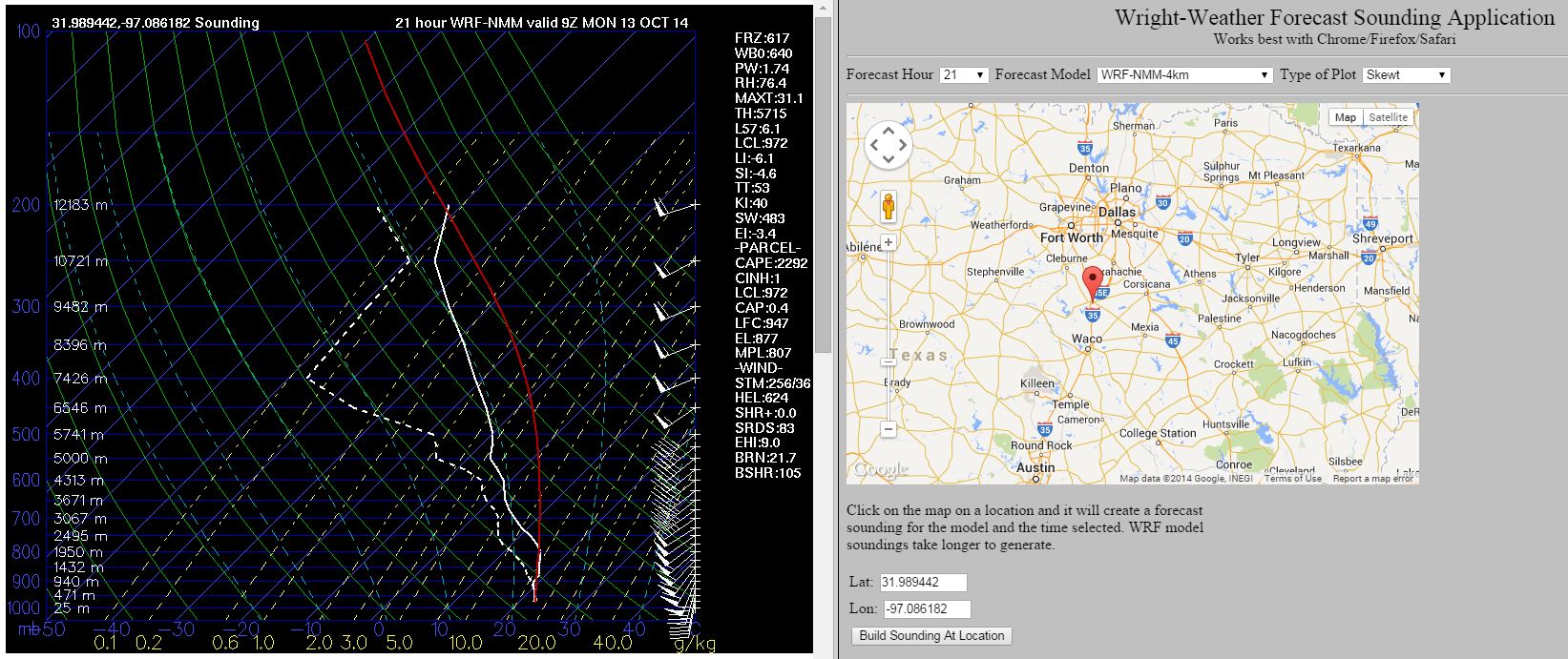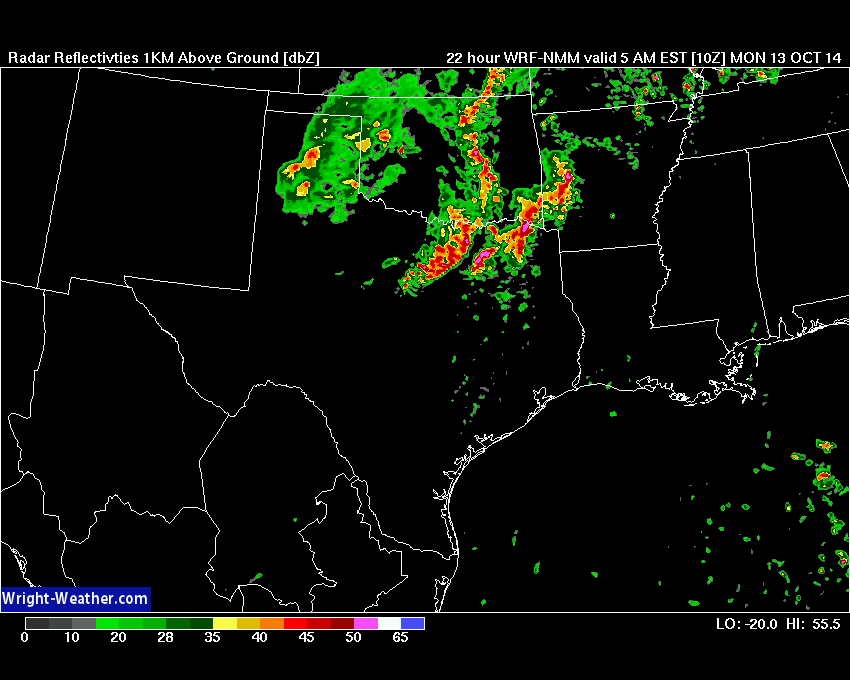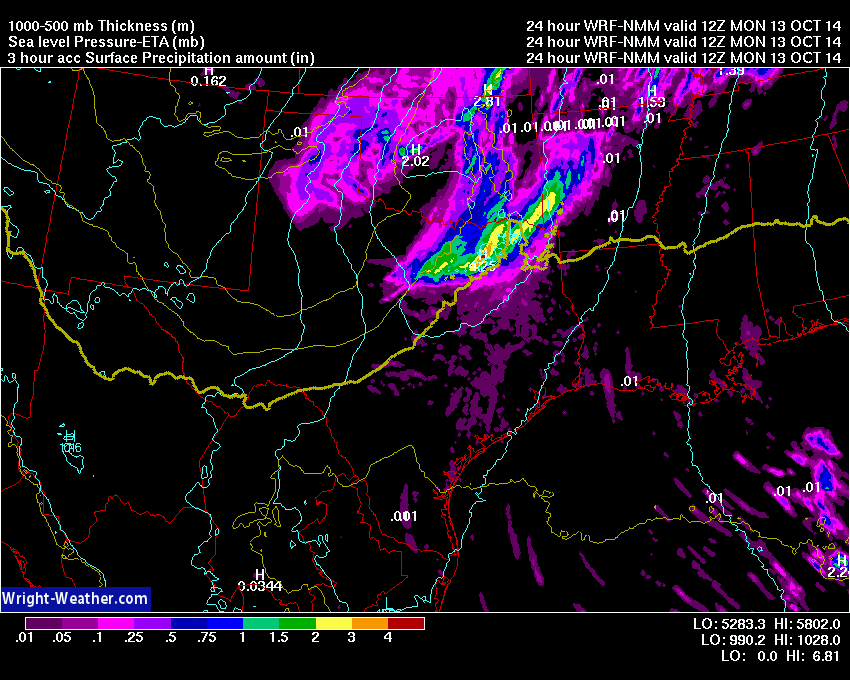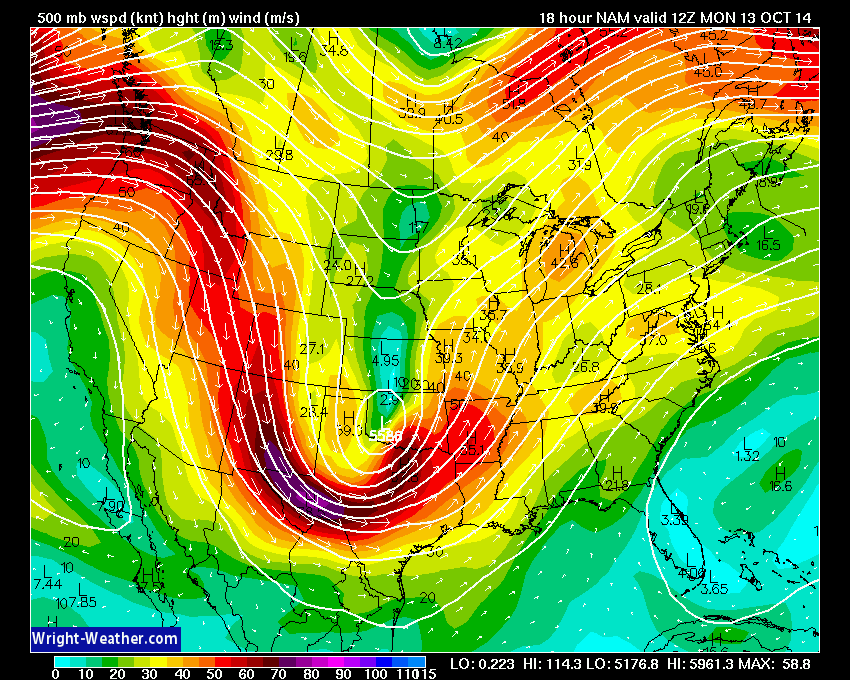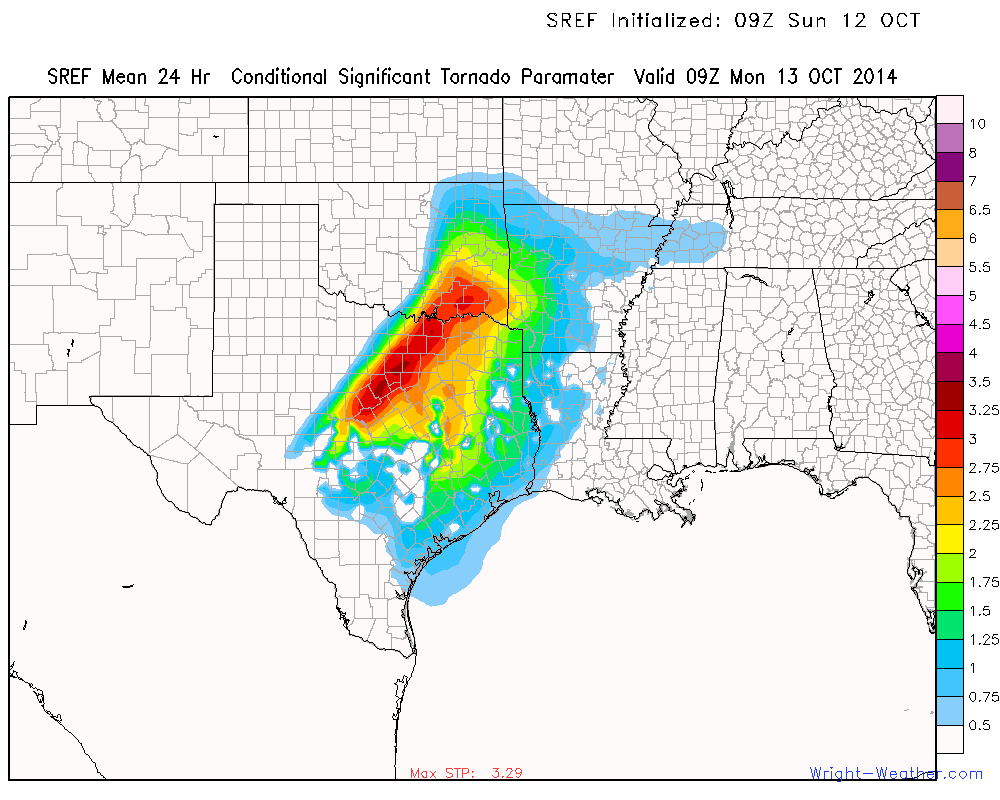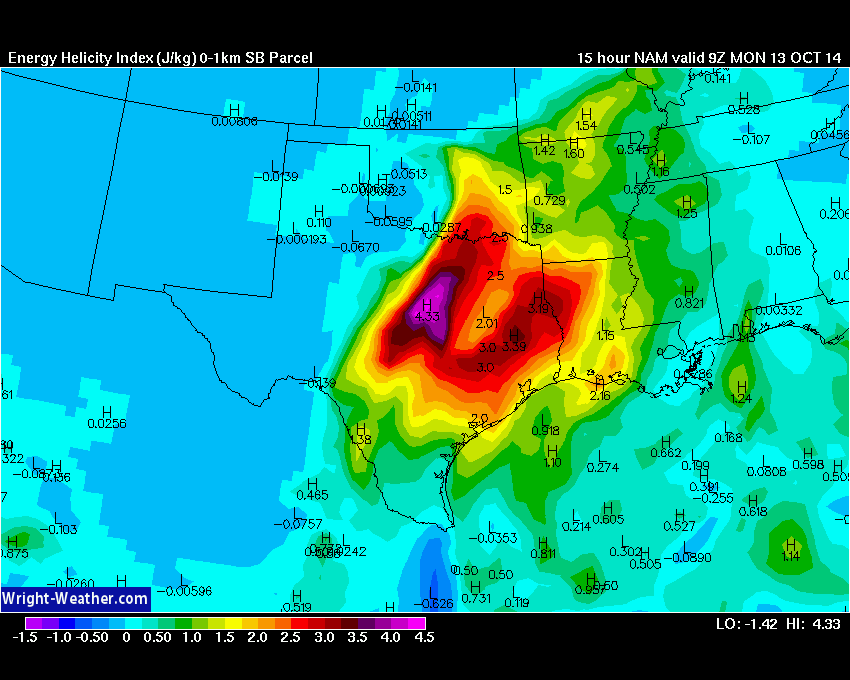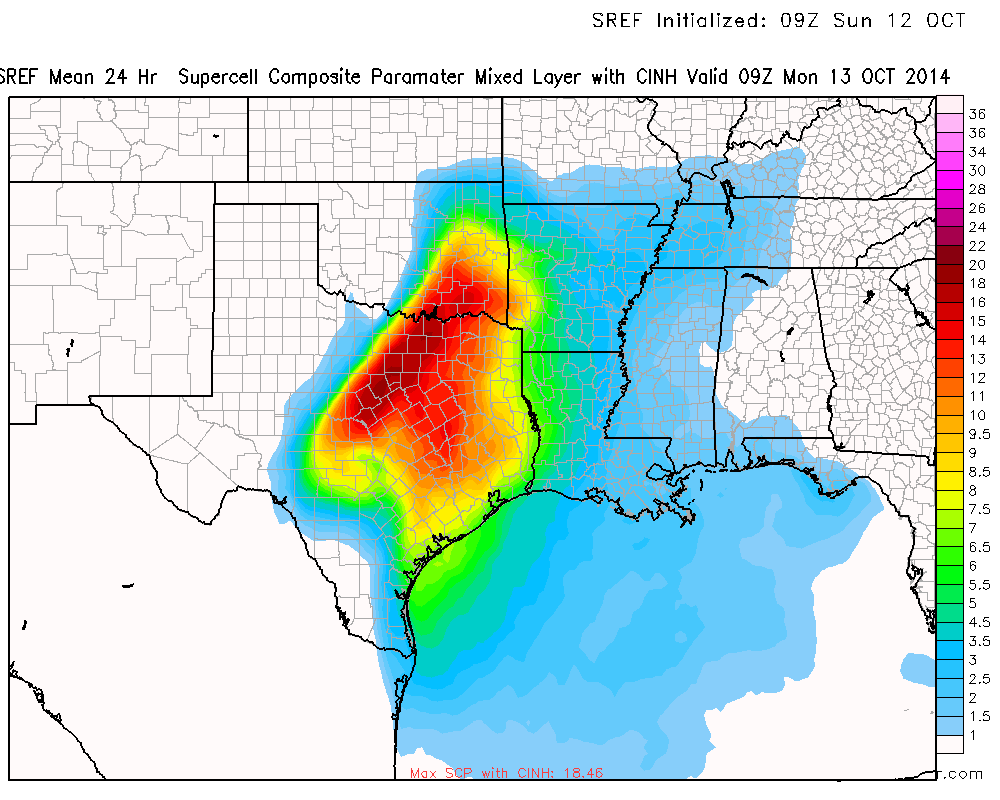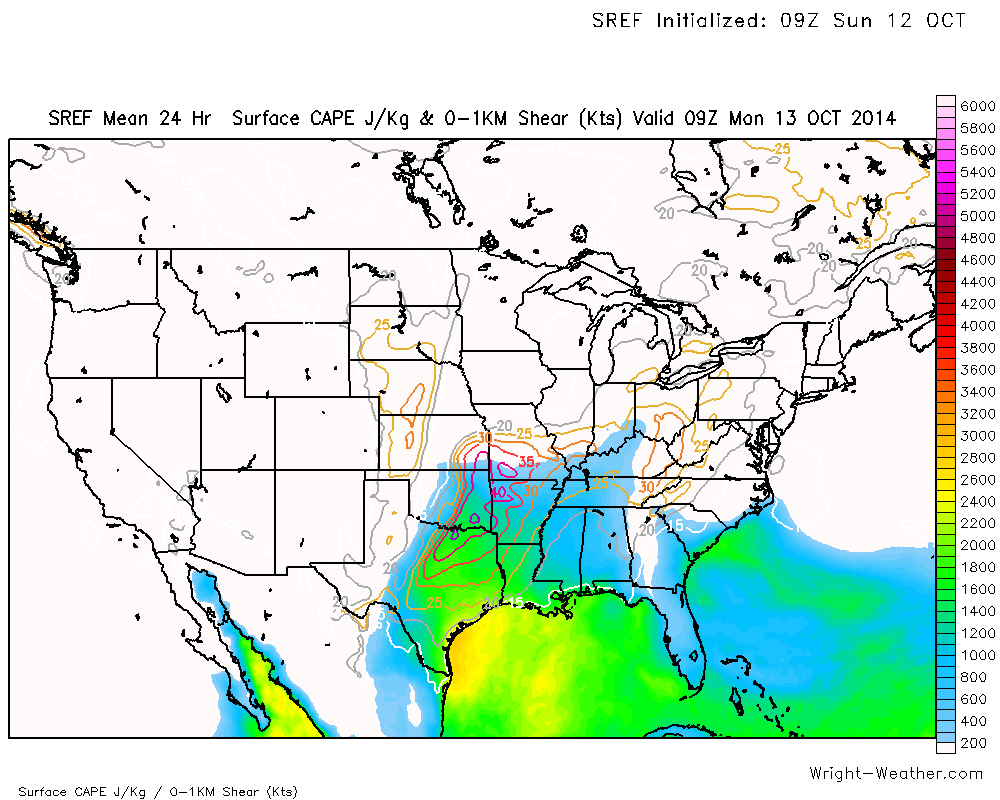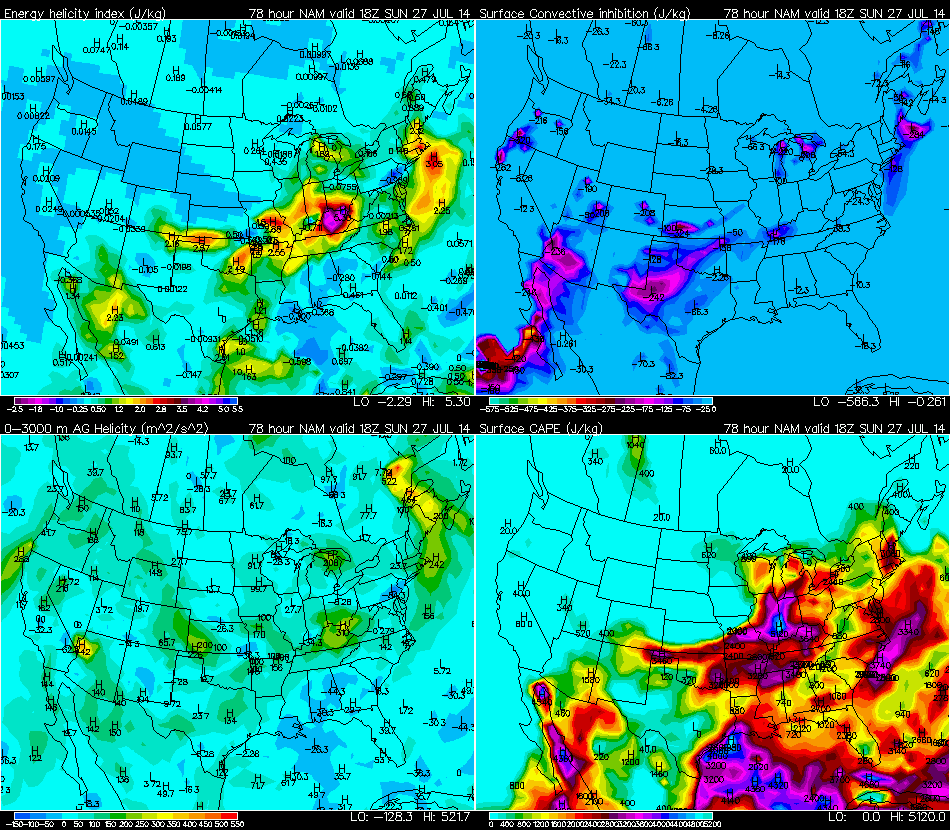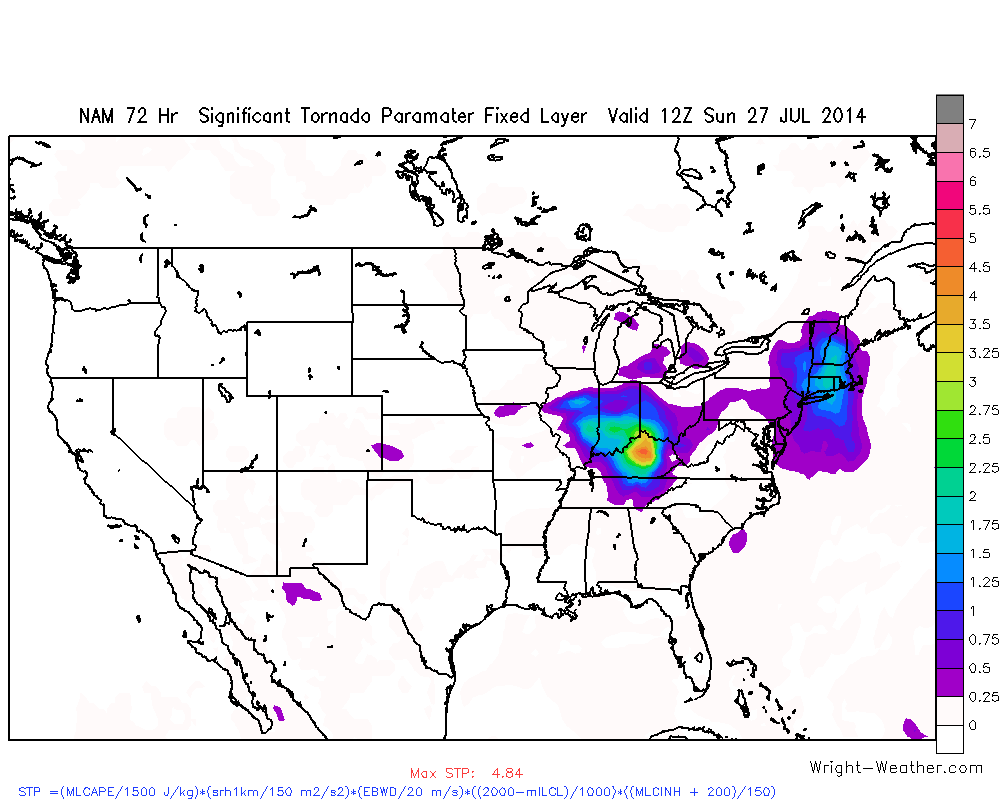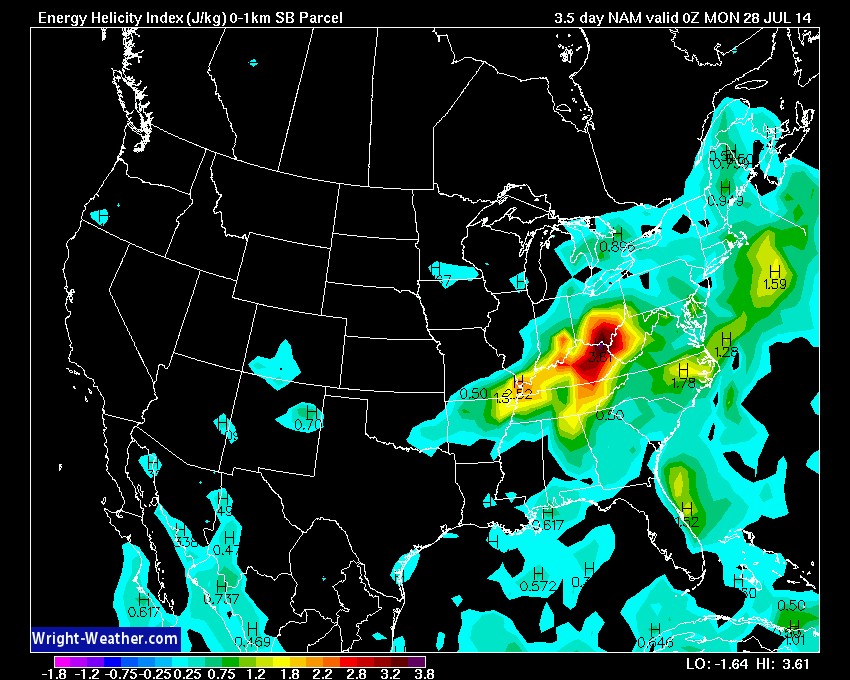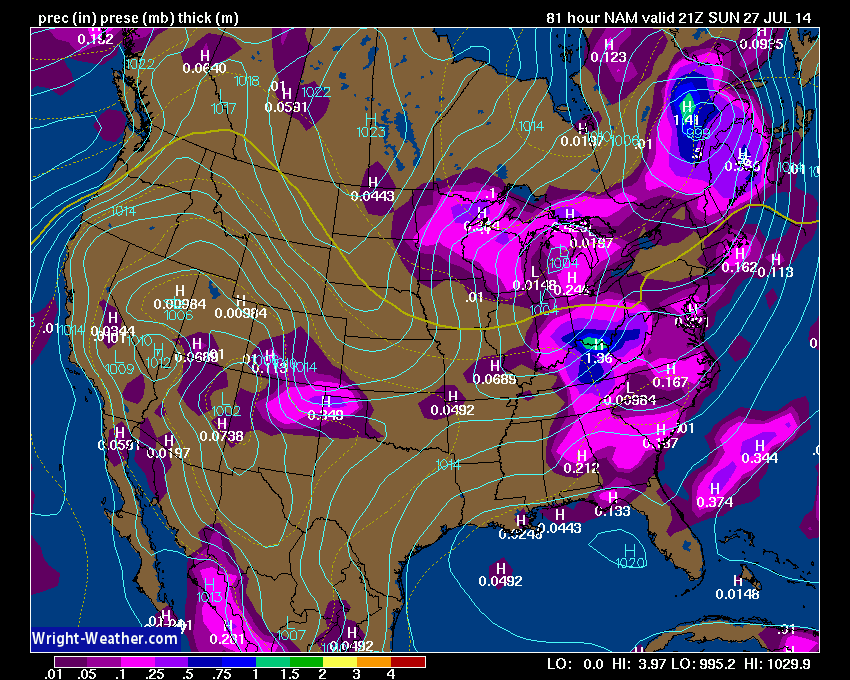We are pleased to announce that we have made a major investment in new hardware and will be deploying a number of new Dell Enterprise Servers over the next several days.
These new servers will increase our computational processing capacity by 561% and our disk storage system will increase by over 600% . Also, our internal network backbone will increase by 10x. We are also moving to a solid state storage array which will allow us to process data much faster than we have been able to in the past.
We are moving these new servers into a data center with some of the best peering and fastest internet connectivity available, which will result in a extremely responsive user experience for our customers.
As we make this transition off some of our older hardware to the new servers at the new location, there may be some temporary interruptions in some of the model data and other graphics for a brief time. We will be doing everything we can to prevent any delays in model production or interruptions to any of the products we generate.
As we get all the servers and systems fully migrated over in the coming weeks, look for many more new and exciting products from Wright-Weather.com in the coming months.
If you have any questions or see any issues with the site, please do not hesitate to contact us at support at wright-weather.com
Mike Dross
President / Meteorologist
Wright-Weather.com


